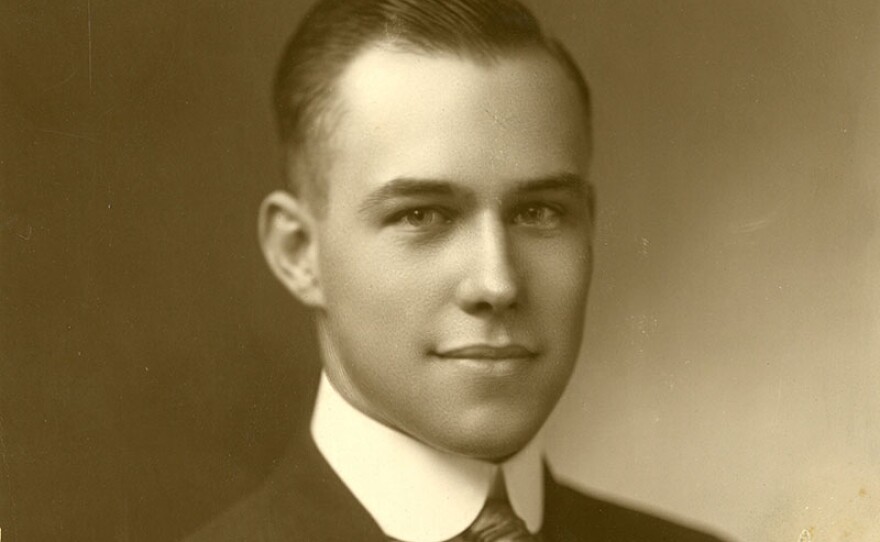“Perfect 36: When Women Won The Vote” chronicles the dramatic vote to ratify this amendment, and the years of debate about women's suffrage that preceded it.
On July 17, 1920, Carrie Chapman Catt, President of the National American Woman Suffrage Association, arrived to spend a few days in Nashville.
She was traveling on the heels of Tennessee Governor A.H. Roberts' announcement of a special session of the state legislature, called at the urging of President Woodrow Wilson. One more state needed to ratify the proposed amendment, and that duty rested solely on the shoulders of Tennessee.
Catt's few days dragged into weeks at her headquarters in the Hermitage Hotel, where pro- and anti- suffragists continued to clash in what came to be known as the "War of the Roses." Those in favor sported yellow roses, while those against wore red.

On the sweltering day of Aug. 18, 1920, the House convened. After two consecutive 48-48 outcomes to table the resolution, it was put to a vote.
The votes were coming in neck and neck. At the last minute, 24-year-old freshman representative Harry Burn recalled a letter from his mother received that morning, urging him to, "be a good boy" and grant women the right to vote.

In spite of wearing a red rose, Burn swung his vote, making Tennessee the deciding 36th state to enable passage of the 19th Amendment, and thereby granting women the Constitutional right to vote.
A CELEBRATION OF TRAILBLAZING WOMEN
Join KPBS’s summer-long celebration of women trailblazers in honor of the women’s vote centennial, featuring special programming commemorating U.S. women’s suffrage, the feminist movement and modern-day changemakers.
This program was distributed by American Public Television.





